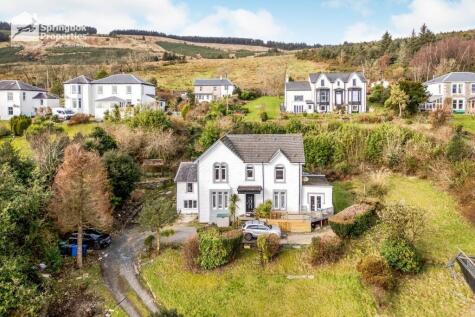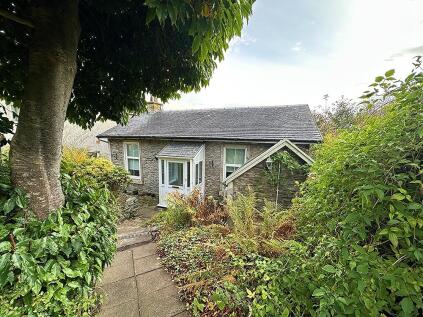This property was removed from Dealsourcr.
5 Bed Detached House, Single Let, Dunoon, PA23 7TR, £495,000
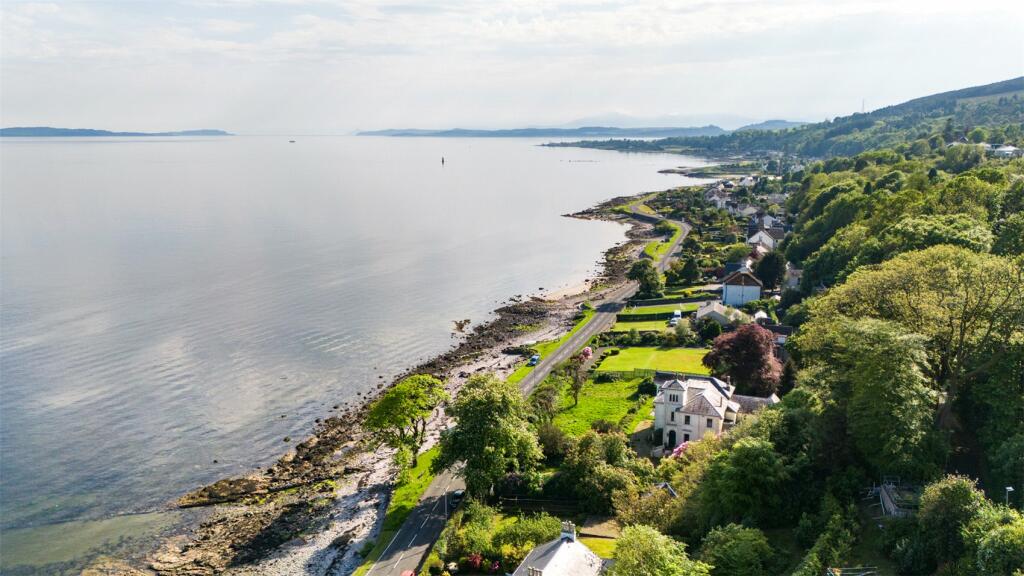
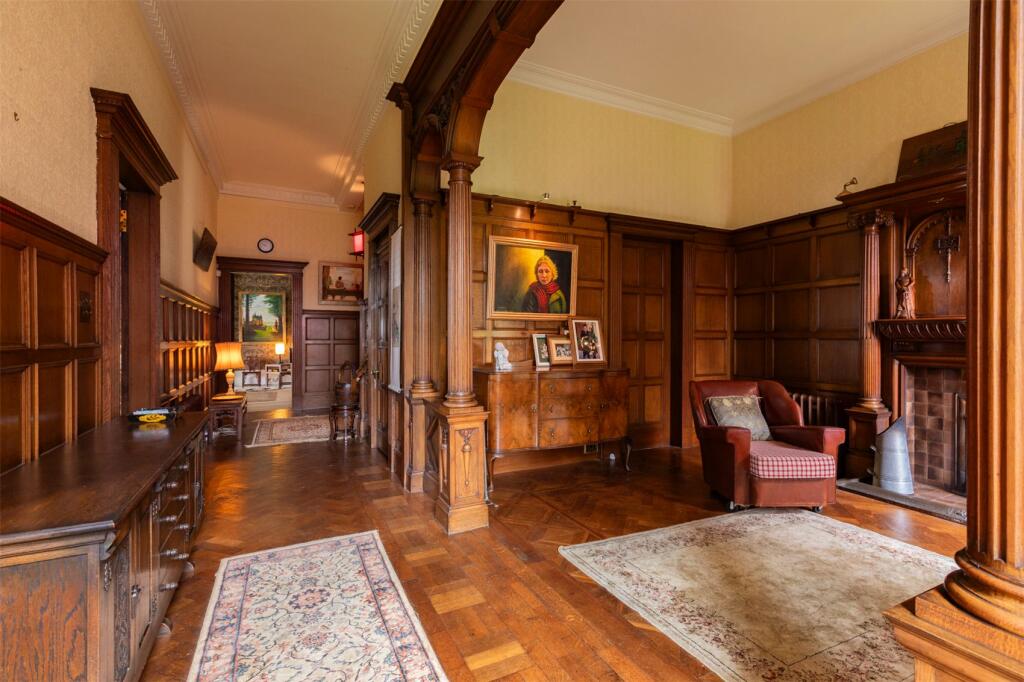
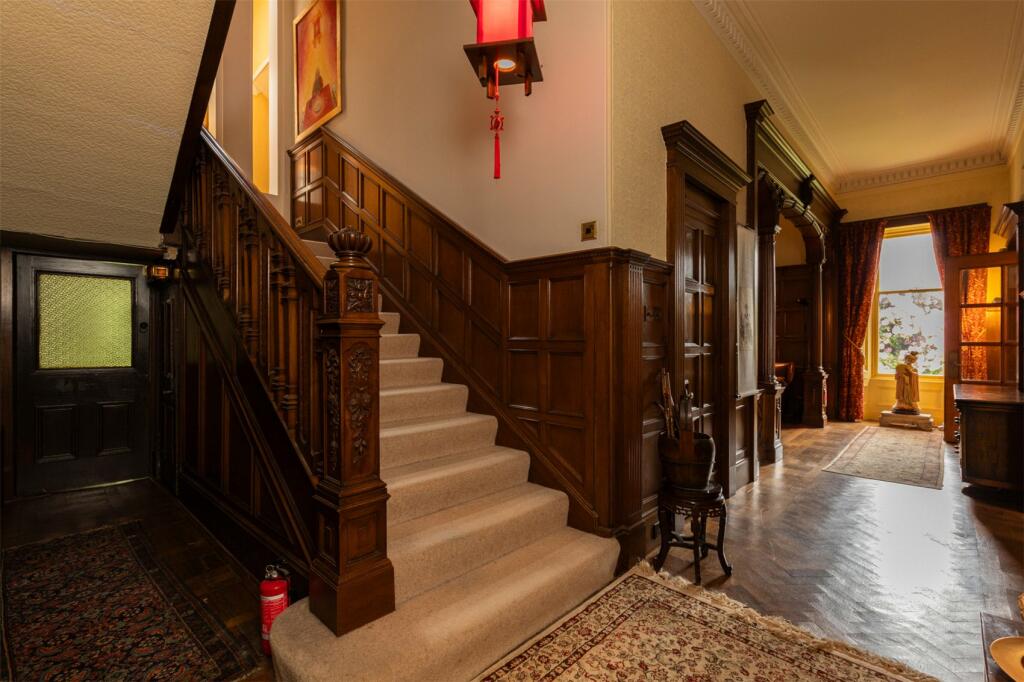
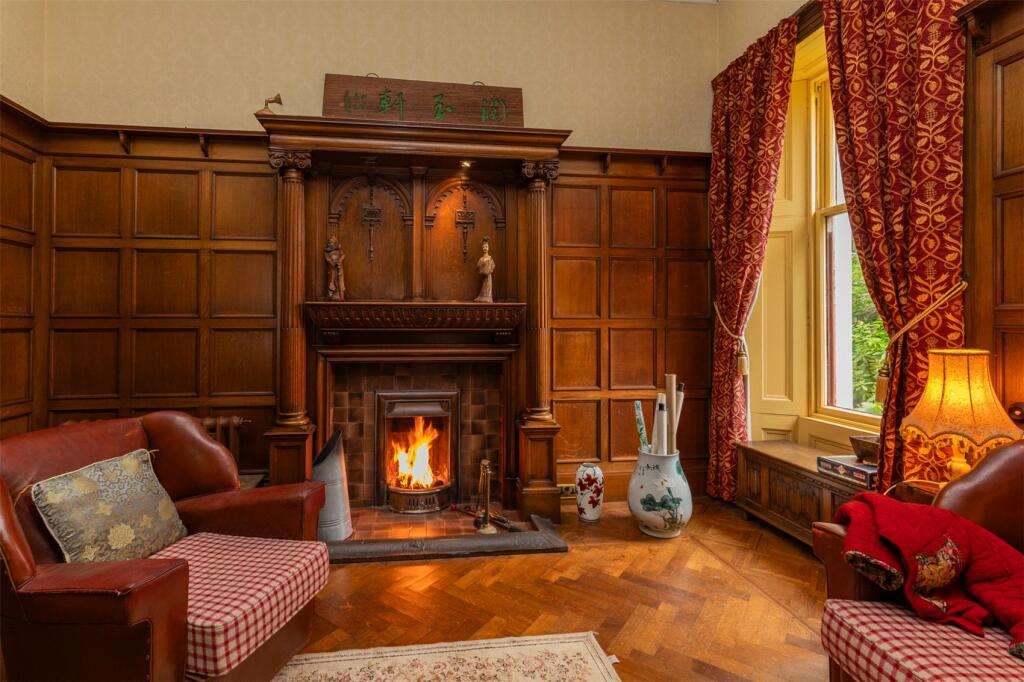
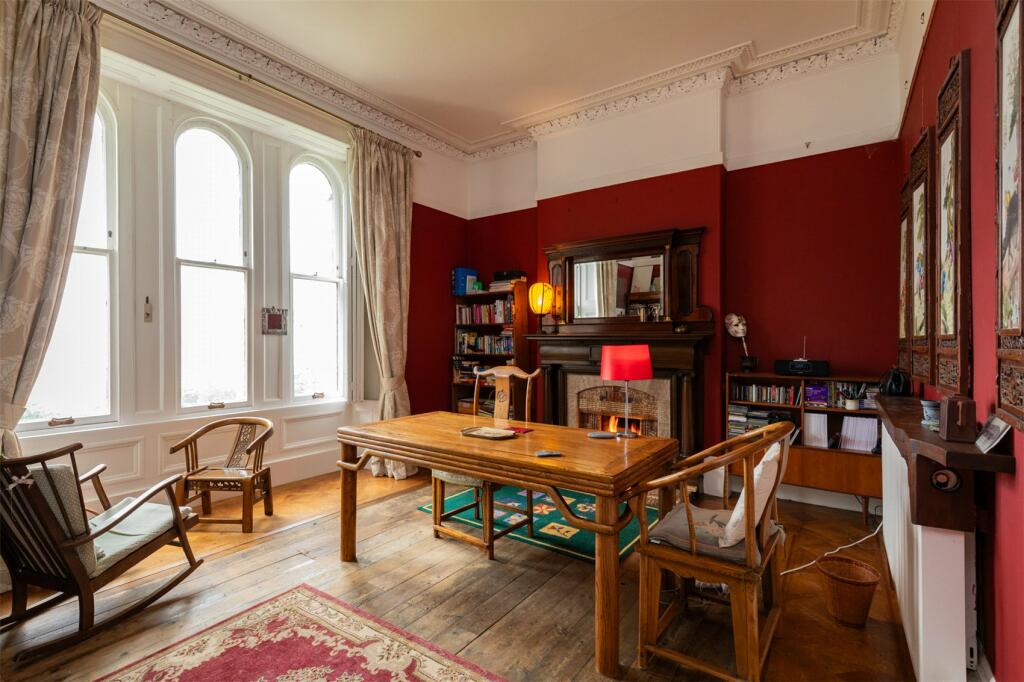
ValuationOvervalued
| Sold Prices | £220K - £440K |
| |
Square Metres | ~178.28 m² |
Value Estimate | £288,750£288,750 |
Cashflows
Cash In | |
Purchase Finance | MortgageMortgage |
Deposit (25%) | £123,750£123,750 |
Stamp Duty & Legal Fees | £28,300£28,300 |
Total Cash In | £152,050£152,050 |
| |
Cash Out | |
Rent Range | £1,695 - £1,950£1,695 - £1,950 |
Rent Estimate | £1,695 |
Running Costs/mo | £1,906£1,906 |
Cashflow/mo | £-211£-211 |
Cashflow/yr | £-2,530£-2,530 |
Gross Yield | 4%4% |
Local Sold Prices
13 sold prices from £220K to £440K, average is £267K.
| Price | Date | Distance | Address | Price/m² | m² | Beds | Type | |
| £220K | 12/21 | 2.47 mi | 5, Castle Wemyss Drive, Wemyss Bay, Renfrewshire PA18 6BU | - | - | 4 | Detached House | |
| £290K | 11/23 | 2.48 mi | 30, Castle Wemyss Drive, Wemyss Bay, Renfrewshire PA18 6BX | - | - | 4 | Detached House | |
| £440K | 11/23 | 2.57 mi | Blainwood, Cliff Terrace Road, Wemyss Bay, Renfrewshire PA18 6AP | - | - | 4 | Bungalow | |
| £285K | 01/24 | 2.67 mi | 3, Cedar Walk, Wemyss Bay, Renfrewshire PA18 6BP | - | - | 4 | Bungalow | |
| £280K | 04/24 | 2.71 mi | 3, Bruacre Place, Wemyss Bay, Renfrewshire PA18 6HD | - | - | 4 | Detached House | |
| £232.1K | 08/21 | 2.72 mi | 1, Etive Road, Wemyss Bay, Renfrewshire PA18 6DN | - | - | 4 | Detached House | |
| £261.1K | 09/21 | 2.72 mi | 9, Brueacre Drive, Wemyss Bay, Renfrewshire PA18 6HA | - | - | 4 | Detached House | |
| £230K | 06/21 | 2.72 mi | 47, Brueacre Drive, Wemyss Bay, Renfrewshire PA18 6HA | - | - | 4 | Detached House | |
| £267K | 07/23 | 2.72 mi | 52, Brueacre Drive, Wemyss Bay, Renfrewshire PA18 6HA | - | - | 4 | Detached House | |
| £271.1K | 04/24 | 2.74 mi | 6, Ascog Place, Wemyss Bay, Renfrewshire PA18 6DZ | - | - | 4 | Detached House | |
| £265.5K | 09/21 | 2.77 mi | 51, Mount Stuart Drive, Wemyss Bay, Renfrewshire PA18 6DX | - | - | 4 | Detached House | |
| £225K | 11/21 | 2.77 mi | 8, Mount Stuart Drive, Wemyss Bay, Renfrewshire PA18 6DX | - | - | 4 | Detached House | |
| £282K | 05/24 | 2.78 mi | 4, Tummel Road, Wemyss Bay, Renfrewshire PA18 6BN | - | - | 4 | Detached House |
Local Rents
3 rents from £1.7K/mo to £1.9K/mo, average is £1.9K/mo.
| Rent | Date | Distance | Address | Beds | Type | |
| £1,950 | 07/24 | 1.98 mi | Shorehouse, Toward, Dunoon, PA23 | 4 | Bungalow | |
| £1,950 | 07/24 | 1.98 mi | - | 4 | Bungalow | |
| £1,695 | 08/24 | 2.41 mi | Leapmoor Drive, Wemyss Bay | 5 | Detached House |
Local Area Statistics
Population in Dunoon | 12,62012,620 |
Town centre distance | 4.59 miles away4.59 miles away |
Nearest school | 0.20 miles away0.20 miles away |
Nearest train station | 2.94 miles away2.94 miles away |
| |
Rental growth (12m) | +14%+14% |
Sales demand | Seller's marketSeller's market |
Capital growth (5yrs) | +44%+44% |
Property History
Listed for £495,000
June 6, 2024
Sold for £500,000
2015
Floor Plans
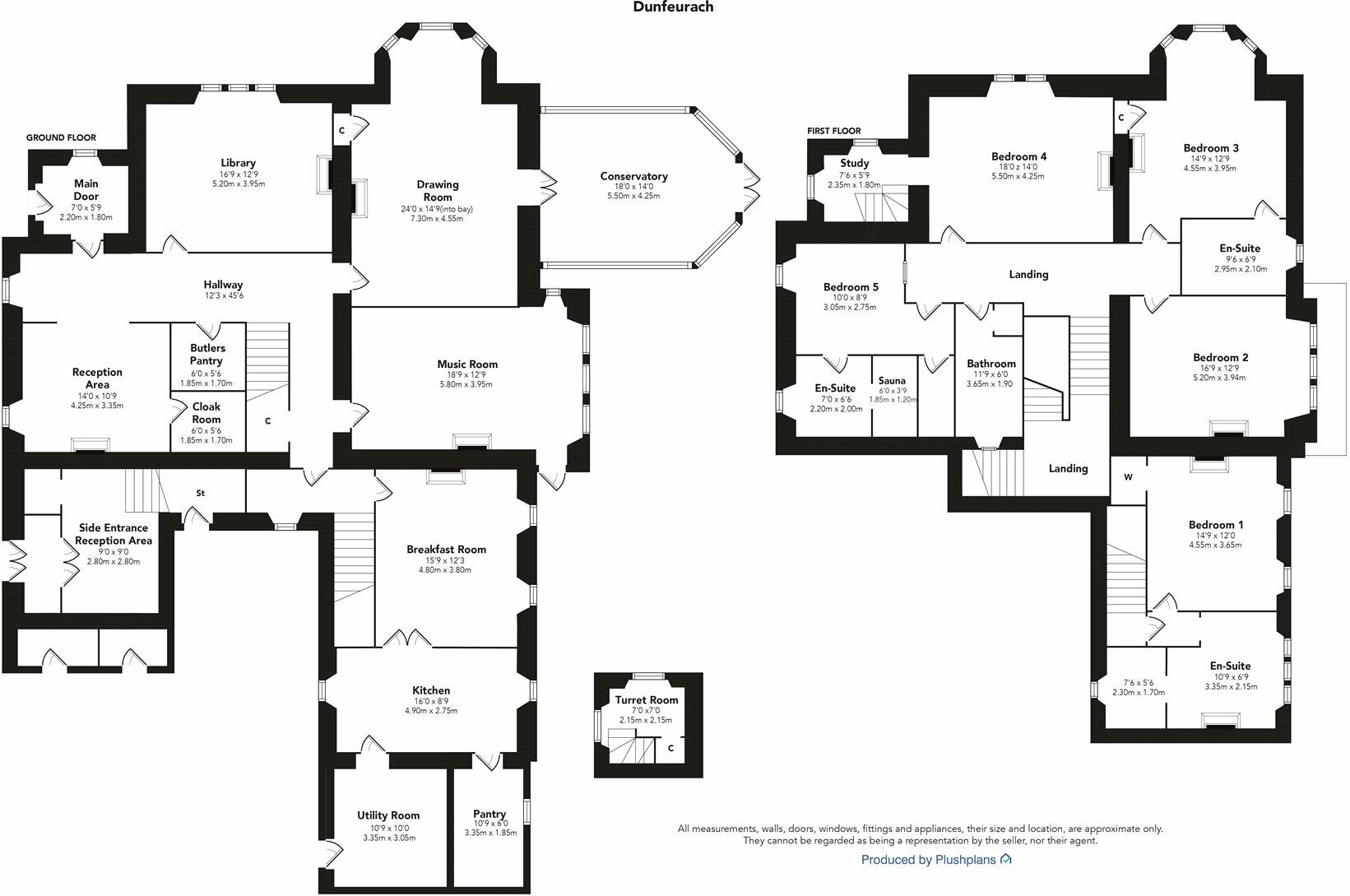
Description
Dunfeurach was built in the middle of the nineteenth century at a time of prosperity and prowess.
The house is of smooth, cream-painted render exterior with cream-painted smooth ashlar at quoins, window mullions and doors; the whole is under a slated roof and there is a feature turret with rooftop finial.
The ground floor
A vestibule—with a fanlight, stained glass window and tiled floor—leads through a bevel-glass hardwood door into a formal entrance hall with an open fireplace and tiled hearth, slips and fender, and to a hallway with rich polished wood panelling to three-quarter height and fluted columns. The hallway contains a butler's pantry with period glazed and timber cabinetry; also a guest toilet and an under-stairs store.
Off the hallway is a formal library, a drawing room with adjoining conservatory, and a dining room (currently used as a music room).
The library has three-panel arched fenestration, fully-functioning wooden shutters, a timber fireplace with an open fire, tiled slips and hearth, and outer-edge oak block parquet flooring. The drawing room has a bay window (double-glazed) and window box seating, a shallow press, and a fireplace with detailed inlaid timbers. Twin-leaf French doors open to a sun-filled conservatory with tiled floor, clear polycarbonate roof and doors to the gardens. The dining room has box window formation and a side French door to the gardens, an ornate carved timber fireplace, and an Edinburgh press.
A traditional two-way serving door leads to the rear hall, a breakfast room with a French solid-fuel burner, amtico flooring and a shelved press, and a kitchen with a terracotta tile floor, Belfast sink, and boiler. There is a separate walk-in larder with mesh-vented windows, marble cold shelves, a black-and-white tile floor and original glazed cabinetry. A utility room off the kitchen has a terracotta tiled floor, a Belfast sink, a pulley drier, and a boiler. The back door opens there to the rear courtyard and outbuildings.
The first floor
A formal period staircase, with timber banister, spindles and ornately-carved newels, goes up from the hallway to a window-lit half landing—where there are service stairs to a side-access lower hall containing a boiler and twin-leaf doors to the rear drive—and then up to a full landing that includes a glazed roof access hatch with borrowed light, and the family rooms.
Bedroom 2 (the master) has a bay window formation (double glazed), a white fireplace with Westmoreland slate, a shallow press, and oak parquet flooring; the ensuite bathroom has a roll-top bath, a Victoriana hand basin, a white wood panel to dado height, and a full window (double glazed).
Bedroom 3 has a dark wooden three-arch window and door to the stone balustraded balcony, and a white fireplace with colourful tile slips, a decorative fire, and a shallow press.
Bedroom 4 has a full-drop window formation to a stone balustraded Romeo & Juliet balcony, oak parquet with detailed inlay, a white fireplace with yellow tile slips and hearth, a living-flame electric fire, a shallow press. An ensuite room leads to stairs to the turret.
Bedroom 5 is a single room with access to a boiler, an ensuite shower room and a sauna. There is also a family bathroom on the landing with a domestic hot water tank and linen cupboard.
Off the rear hall, a small staircase goes up to guest (or staff) accommodation: bedroom 1, a bathroom with shower and bath, a separate toilet, a boiler.
Outbuildings
The rear courtyard houses a former game larder with mesh vented door, original game hooks, and concrete floor; a gardeners' toilet; a general store with gas meter and electrical switchgear. A summer house in the garden (in slight disrepair) has a red tile roof, a canopy at the front, a terracotta tile loggia and twin-leaf doors to a block terracotta tile floor, with wood panels.
Gardens
Wrought-iron main gates open to a gravel drive flanked by trees underplanted with rhododendrons and hydrangeas. The drive terminates at a vehicle turning and hardstanding area with a courtesy Victoriana lamp.
A low stone wall and hedge borders the front (with side access through a gate at the far end). Diagonal close-board fencing forms the southern boundary. The grounds comprise a number of lawns, a lily pond, a mature copper leaf birch canopy, specimen conifers, rhododendrons and a small enclosed orchard. A screen of semi-ancient native woods underplanted with rhododendrons provides the backdrop; an overgrown path through the woodlands leads to a gate at the top of the garden which opens onto a lane at the back. Another path leads to a stone bench in the trees.
Cowal's principal town, Dunoon, is a 10-minute drive east along the A815. The town has a hospital, a cinema, a concert hall, a swimming pool, state-of-the-art gym facilities, and a library, as well as independent shops and cafes.
There are primary schools in Innellan and in nearby Toward. Dunoon Grammar School serves the local area; a bus service also operates to St Columba’s independent school, in Kilmacolm.
Dunfeurach is a short drive from two ferry terminals in Dunoon (Western Ferries and Caledonian MacBrayne). These provide frequent sailings to Gourock, where road and rail links enable easy travel to Glasgow, the Central belt, and Edinburgh. One can also drive through to Glasgow on the road by Loch Lomond. This longer route passes through some of the most breathtaking scenery in the west of Scotland. Dunoon is known as the gateway to the Loch Lomond and Trossachs National Park.
The spectacular beauty of Puck's Glen and the Benmore Botanic Garden is a half-hour drive from Dunfeurach—or a cycle ride. The local area is ideal for trail-runners, cyclists and walkers. There are hill-top forest tracks behind Dunfeurach and the shoreline in front of it, and woodland and coastal walks at Corlarach, Ardentinny and Toward. Slightly farther afield are Glenbranter, Tighnabruaich and Loch Fyne (and its famed oysters).
Wherever you go, you are by the water. Toward sailing club is 10 minutes to the west, and the Holy Loch marina in Dunoon offers berthing and chandlery services, providing a base from which to explore the Kyles of Bute inland sea lochs and waterways. The island of Arran is within easy reach by bike, car and ferry, as are Bute and the Wee Isle of Gigha. Sea fishing is available; it is also possible to fish for salmon and sea trout by permit on some rivers and lochs. Some local estates also offer rough and commercial shooting by arrangement as well as opportunities for stalking. And this is Scotland, so golf courses are plentiful. Innellan Golf Club is up the lane behind Dunfeurach and offers exquisite views. The Cowal peninsula is home to artists and photographers whose work is showcased each autumn through the Cowal Open Studios.
Travel Directions
From Glasgow city centre leave in a westerly direction on the M8 motorway. Continue for 21 miles to arrive at Port Glasgow. Follow signs Greenock and Gourock on the A770 for 8 miles to the Western Ferries terminal at McInroys Point. Take the ferry to Hunters Quay, turn left on the A815; continue along the coastal road for approximately 6.2 miles, the entrance to Dunfeurach is on the right hand side.
Local Authorities
Argyll & Bute Council
Tel: .
Services
Mains water supply, mains drainage (TBC), mains gas, gas fired (3 boiler) central heating.
Note: The services have not been checked by the selling agents.
Council Tax
Dunfeurach is in Council tax band G and the council tax payable for 2024/2025 is £3807.42.
Viewing
Strictly by appointment with Robb Residential, telephone .
Possession
Vacant possession will be given on completion.
Offers
Offers are to be submitted in Scottish legal terms to the selling agents Robb Residential, 176 St. Vincent Street, Glasgow, G2 5SG. A closing date for offers may be fixed and prospective purchasers are advised to register their interest with the selling agents in order to be kept fully informed."
" "
"
Similar Properties
Like this property? Maybe you'll like these ones close by too.
